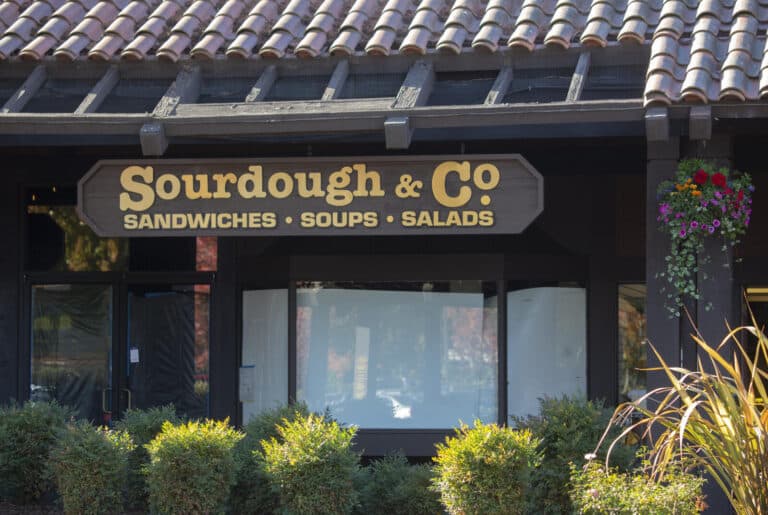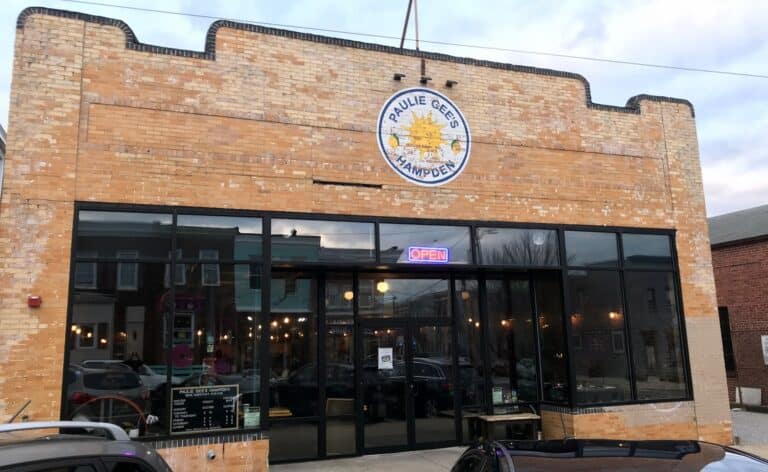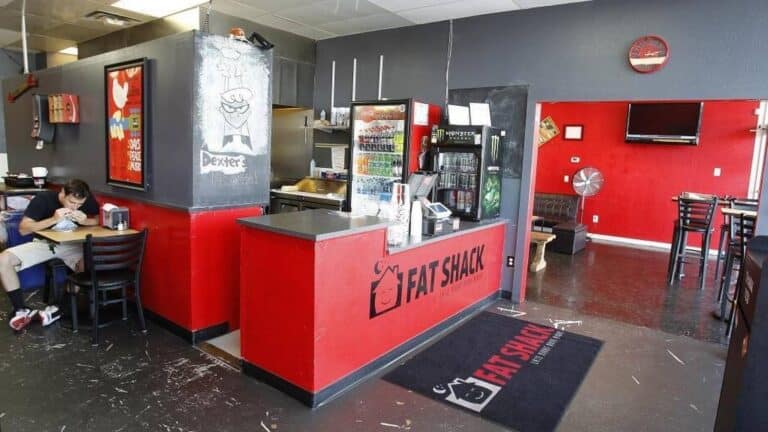Port of Subs Franchise FDD, Profits & Costs (2025)

Port of Subs, a franchise known for its made-fresh-to-order sandwiches, has carved a niche for itself in the quick-service restaurant industry since its inception in 1972. The story of Port of Subs began when two brothers from New Jersey opened a small submarine shop in Sparks, Nevada.
The venture took a significant turn in 1975 when John Larsen and his family took full ownership and later rebranded it from the “Sub Shop” to “Port of Subs” through a community-wide naming contest.
Headquartered in Reno, Nevada, Port of Subs emphasizes superior service and high-quality products served in a clean and friendly atmosphere. The brand prides itself on using freshly sliced, top-quality meats and cheeses, fresh-baked breads, and zesty dressings and spices.
Port of Subs began its franchising journey in 1985, responding to the demand for its distinctive taste and superior customer service in other cities.
Initial Investment
How much does it cost to start a Port of Subs franchise? It costs on average between $311,000 – $528,000 to start a Port of Subs franchised restaurant.
This includes costs for construction, equipment, inventory, and initial operating expenses. The exact amount depends on various factors, including the type of restaurant you choose, the location, and whether the franchisee chooses to lease or purchase the property.
| Type of Expenditure | Amount |
|---|---|
| Initial Franchise Fee | $25,000 |
| Site Review | $0 – $1,500 |
| Training Fee & Expenses | $7,500 – $9,000 |
| Architectural, Engineer, and Legal Counsel | $12,500 – $19,750 |
| Construction Management | $12,500 – $17,500 |
| Real Estate, Leasehold Improvements, and Construction Costs | $95,000 – $196,600 |
| Signage, Graphics, & Interior Décor Items | $6,500 – $18,375 |
| Furnishings, Fixtures, and Standard Equipment | $96,000 – $145,000 |
| POS and Technology Systems, including Initial Setup | $26,500 – $38,500 |
| Insurance | $1,500 – $2,500 |
| Initial Inventory & Smallwares | $5,000 – $10,000 |
| Grand Opening Marketing | $5,000 – $7,500 |
| Licenses, Fees, and Deposits | $2,500 – $12,000 |
| Additional Funds – Initial 3 Months | $15,000 – $25,000 |
| TOTAL | $310,500 – $528,225 |
Average Revenue (AUV)
How much revenue can you make with a Port of Subs franchise? A Port of Subs franchised restaurant makes on average $509,000 in revenue (AUV) per year.
Here is the extract from the Franchise Disclosure Document:

This compares to $816,000 yearly revenue for similar sandwich franchises. Below are 10 Port of Subs competitors as a comparison:

Download the Franchise Disclosure Document
Frequently Asked Questions
How many Port of Subs locations are there?
As of the latest data, Port of Subs operates 125 locations across the United States. The majority of these are franchise-owned, with a smaller number managed directly by the company.
What is the total investment required to open a Port of Subs franchise?
The total investment required to open a Port of Subs franchise ranges from $311,000 to $528,000.
What are the ongoing fees for a Port of Subs franchise?
Port of Subs franchisees pay a 6% royalty fee on gross sales. They also contribute 1% of gross sales to a brand development fund for national marketing. Additionally, franchisees invest a minimum of 2% in local advertising efforts.
What are the financial requirements to become a Port of Subs franchisee?
To become a Port of Subs franchisee, candidates need a minimum net worth of $250,000 and at least $100,000 in liquid capital. These financial requirements ensure franchisees have sufficient resources to establish and operate their restaurant successfully.
How much can a Port of Subs franchise owner expect to earn?
The average gross sales for a Port of Subs franchise are approximately $0.51 million per location. Assuming a 15% operating profit margin, $0.51 million yearly revenue can result in $77,000 EBITDA annually.
Who owns Port of Subs?
Port of Subs is owned by Area 15 Ventures LLC, a private equity firm based in Castle Rock, Colorado. The firm is led by Dave Liniger, co-founder and former CEO of RE/MAX, a global real estate franchise. Area 15 Ventures acquired Port of Subs in April 2023, aiming to expand the sandwich chain’s presence through a regional development model.
Disclaimer
Disclaimer: This content has been made for informational and educational purposes only. We do not make any representation or warranties with respect to the accuracy, applicability, fitness, or completeness of the information presented in the article. You should not construe any such information or other material as legal, tax, investment, financial, or other professional advice. Nothing contained in this article constitutes a solicitation, recommendation, endorsement, advertisement, or offer to buy or sell any franchises, securities, or other financial instruments in this or in any other jurisdiction in which such solicitation or offer would be unlawful under the franchise and/or securities laws of such jurisdiction.
All content in this article is information of a general nature and does not address the detailed circumstances of any particular individual or entity. Nothing in the article constitutes professional and/or financial and/or legal advice, nor does any information in the article constitute a comprehensive or complete statement of the matters discussed or the law relating thereto. You alone assume the sole responsibility of evaluating the merits and risks associated with the use of any information or other content in this article before making any decisions based on such information or other content.




